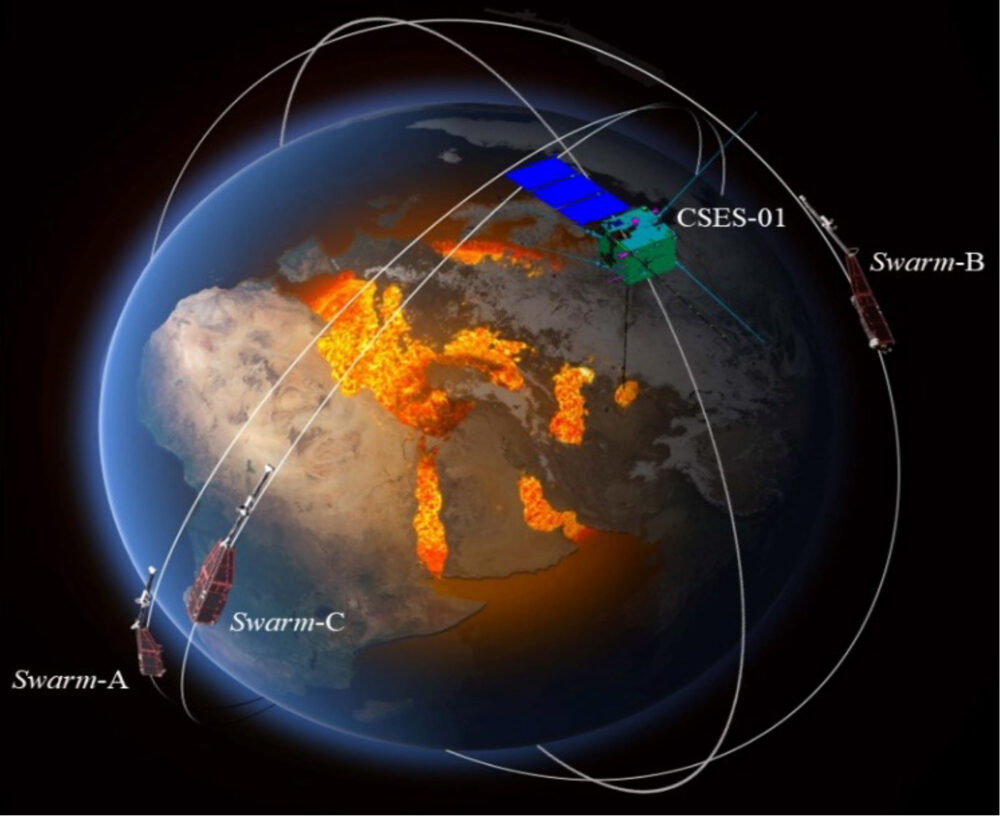It is known that Ultra Low Frequency (ULF) waves are common phenomena observed in the earth’s magnetosphere and transmitted from the magnetosphere to the top-side ionosphere. ULF waves have been recognized to play an important role in magnetospheric plasma energization/loss and energy transfer from the solar wind to Earth’s magnetosphere and ionosphere. Among them, Pi2 ULF waves, with periods of 40–150 s can be observed at different radial distances from the Earth’s surface by ground stations and satellite missions.
High-sampling rate magnetic measurements by low Earth orbit (LEO) satellites enable scientists to detect Pi2 ULF waves in the top-side ionosphere region, which remains extensively unexplored. The accuracy and high resolution of magnetic field measurements from the China Seismo-Electromagnetic Satellite (CSES) potentially allow us to clearly detect Pi2 pulsations in the ionosphere. These kinds of pulsations are commonly observed during the onset phase of a substorm expansion, when the configuration of the magnetosphere is changed and the substorm current wedge (SCW) is formed (Saito, 1961; Takahashi et al., 1987; McPherron et al., 1973). Since Pi2 pulsations serve as an important ingredient in understanding the complicated electrodynamic techniques within the magnetosphere and the magnetosphere-ionosphere coupling, an investigation of Pi2 generation and propagation during substorms requires a comprehensive study.
The spatial structure and propagation characteristics are important for understanding the generation mechanisms of Pi2 ULF waves. This project aims to understand the spatial features of low-latitude Pi2 pulsations with a comprehensive study that will be carried out for the first time using magnetic field measurements from the newly launched CSES satellite, operating since Feb. 2018, integrated with the three-satellite Swarm constellation launched in Nov. 2013. Both missions, operating simultaneously at four different orbits and three altitudes, will give a good opportunity to investigate for distinctive Pi2 signatures in the ionosphere, combined with solar wind data and geomagnetic activity indices (Dst, AE, SML and Kp) as well as the ground-based observations (INTERMAGNET, SuperMAG networks, and SuperDARN coherent scatter radars).

